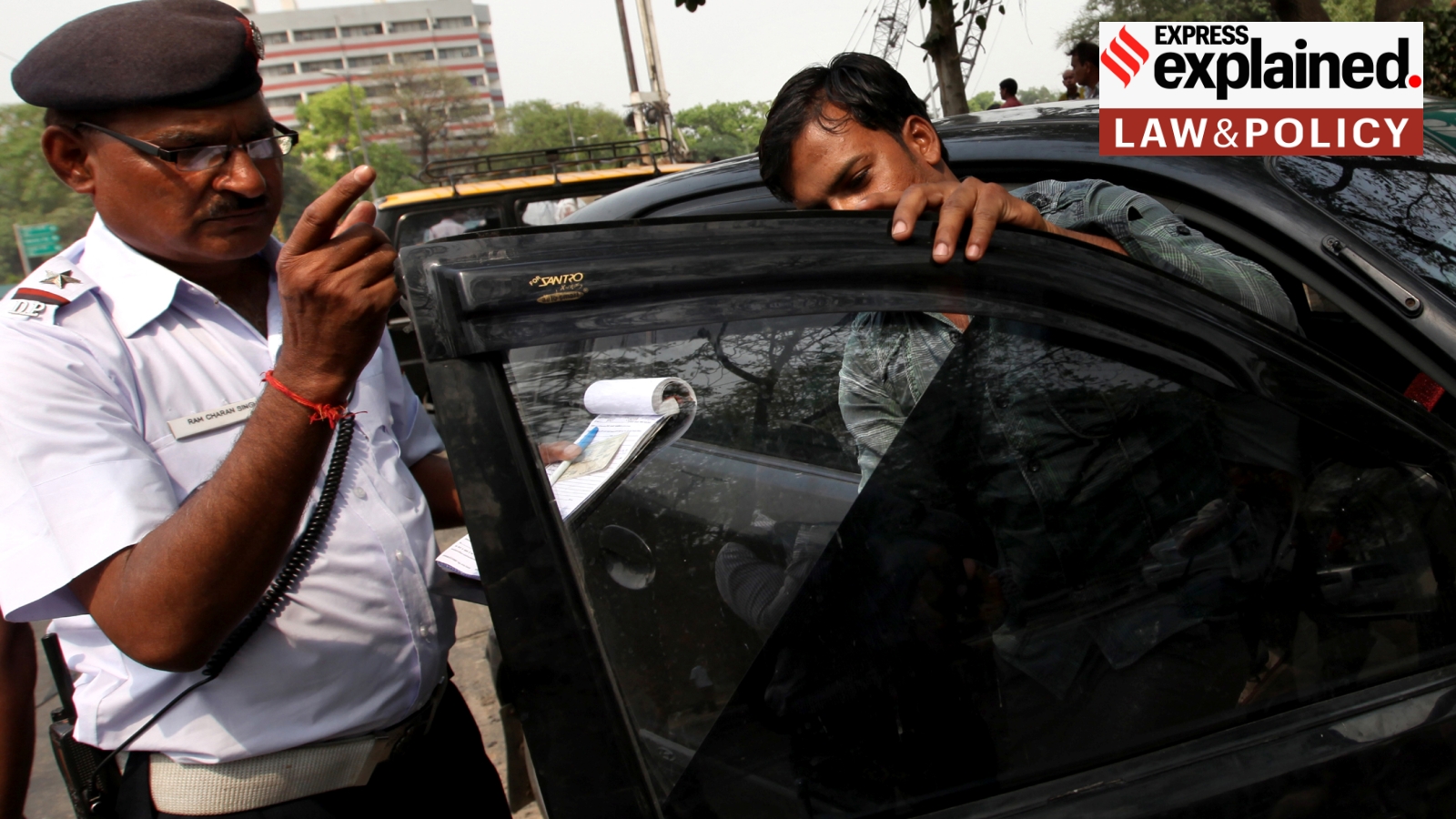Why are Ecu renewable power giants fleeing Vietnam? | Defined Information
Vietnam’s bold renewable power objectives are going through rising demanding situations from insufficient infrastructure to regulatory hurdles, forcing primary Ecu buyers to rethink their plans.
In keeping with Reuters, Italian power workforce Enel, one of the most international’s largest buyers in renewable power, is making plans to withdraw from Vietnam, following within the footsteps of Norway’s Equinor and Denmark’s Orsted. Each companies have just lately cancelled renewable power initiatives within the Southeast Asian nation.
Enel had bold plans for Vietnam’s power marketplace. In 2022, the corporate introduced its aim to put money into renewable power era as much as 6 gigawatts (GW).
Then again, the verdict to desert those plans, which is anticipated to be formally introduced all through the corporate’s annual strategic plan presentation in November, displays rising issues about Vietnam’s renewable power sector.
Despite the fact that Enel didn’t specify what varieties of renewable power it intends to increase in Vietnam, most mavens imagine that wind energy is the core of its technique. Wind energy is anticipated to play a key position in Vietnam’s power transition, as the rustic objectives to scale back its reliance on coal and building up its renewable power capability.
Lately, Vietnam’s put in energy capability is round 80 gigawatts, which the federal government plans to just about double by means of 2030. Renewable assets reminiscent of wind, sun and different possible choices (apart from hydropower) are anticipated to account for a minimum of 31% of the rustic’s power combine by means of the tip of the last decade.
Wind energy is estimated to give a contribution 18.5%, a vital building up from present ranges. Then again, solar energy’s percentage will drop virtually threefold to eight.5% because of executive center of attention.
Obstacles to growth
A big problem protecting again Vietnam’s renewable power attainable is the loss of a cast framework for offshore wind energy construction. Business professionals argue that delays in organising pointers for challenge approvals, sea house allocation and pricing mechanisms have resulted in unhappiness amongst buyers.
Chris Humphrey, govt director of the EU-ASEAN Trade Council, informed DW that this isn’t a brand new worry and that they’ve been caution Southeast Asian leaders for a while that until they transfer temporarily at the power transition, corporations will glance somewhere else for his or her investments.
Norway’s state-owned Equinor and Denmark’s largest power corporate Orsted have already pulled out of Vietnam’s offshore wind sector. Equinor cancelled plans to put money into offshore wind energy in September, whilst Orsted put its initiatives on grasp final 12 months, mentioning regulatory uncertainty.
“Regardless of Vietnam’s considerable wind assets, lack of confidence over usual pointers on challenge approvals, sea house allocation and pricing, amongst different regulatory hurdles, has brought about hesitation amongst buyers,” Dan Martin, senior affiliate at consulting company Dejan Shira & Buddies, informed DW.
“With out promises of profitability or operational readability, corporations are wary, and this hole has successfully halted offshore wind construction, combating Vietnam from profiting from its large attainable,” Martin mentioned.
Infrastructure and financing demanding situations
One among Vietnam’s chronic demanding situations is connecting deliberate renewable power initiatives to the nationwide grid. A lot of the rustic’s present infrastructure isn’t supplied to maintain the inflow of latest renewable power assets.
Regardless of bold renewable power objectives, a good portion of Vietnam’s power nonetheless comes from coal-fired energy stations. Whilst the federal government has pledged to scale back its reliance on coal, the trail to transition has been sluggish and unsure.
Financing is any other key hurdle. In Might, the Vietnamese executive licensed a long-awaited energy construction plan, referred to as PDP8, which outlines doubling energy era capability to greater than 150 gigawatts by means of 2030.
Despite the fact that maximum of this new capability is anticipated to come back from renewable assets, the plan calls for an estimated $134 billion in financing for brand spanking new energy vegetation and grid enhancements.
To lend a hand meet those financing wishes, Staff of Seven (G7) nations and different wealthy international locations pledged $15.5 billion to lend a hand Vietnam transition clear of coal in December 2022. Then again, this quantity is only a small fraction of what’s had to meet the bold objectives set out within the PDP8.
Funding issues and festival
Vietnam has lengthy been a big recipient of overseas funding, particularly as corporations diversify their operations clear of China. Then again, a loss of monetary incentives from Hanoi and a emerging tax burden have brought about probably the most international’s biggest corporations to rethink their investments within the nation.
For instance, US chipmaker Intel was once making plans a $3.3 billion challenge in Vietnam that might have just about doubled its capability. Then again, after soliciting for a fifteen% money subsidy from the Vietnamese executive and being denied, Intel moved the challenge to Poland.
In a similar fashion, Austria-based semiconductor maker AT&S and South Korea’s LG opted to put money into different nations after Vietnam failed to satisfy their funding make stronger requests.
Despite the fact that renewable power problems weren’t explicitly cited as causes for those selections, they underline broader issues about Vietnam’s funding local weather.
Ecu companies are in particular enthusiastic about Vietnam’s power reliability. In 2023, well-liked energy cuts because of its heavy reliance on coal disrupted operations at many foreign-owned factories, together with the ones run by means of South Korean tech large Samsung.
Those power woes have additional fueled issues concerning the country’s skill to make stronger its rising production base with dependable, sustainable power.
a window of alternative
Then again, Richard Ramsawak, an economics lecturer on the Royal Melbourne Institute of Era Vietnam, informed DW that there’s nonetheless a possibility for Vietnam to ascertain its place as a most popular production hub in Southeast Asia in line with renewable power assets.
“This method would no longer require a whole transformation of Vietnam, however fairly would contain focused on key business sectors and websites, and incorporating renewable power assets into them.”
As world call for for sustainable production grows, Vietnam’s competition in Southeast Asia – reminiscent of Indonesia and Malaysia – are already taking steps to diversify their power assets.
“If Vietnam needs to take care of its aggressive place in world production, it’ll haven’t any selection however to fulfil its commitments,” Ramsavak mentioned.
“The one query is whether or not they are going to be leaders or fans on this procedure.”
Supply hyperlink
#Ecu #renewable #power #giants #fleeing #Vietnam #Defined #Information




